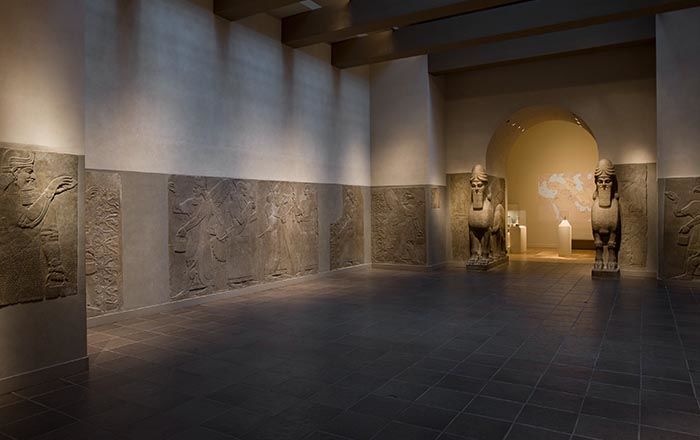Small jar
Not on view
This jar has a flat base, a ridge around its belly, and an outturned rim. It is made of a red clay, using a potter’s wheel. It was excavated at Tepe Nush-i Jan, an Iron Age hilltop site about 60 km sound of Hamadan in western Iran. Nush-i Jan was occupied in the 7th and 6th centuries B.C., and its occupants are generally thought to be the Medes, an Iranian people known from Assyrian, Achaemenid and Biblical sources. Though the textual sources portray them as a powerful empire, archaeological evidence for the Medes has yet to sustain this impression. Rather, they seem to have lived in scattered fortified sites in western and central Iran, without any clear capital. Nush-i Jan, one of the best known of these sites, features two temples, a columned hall, and a fort. The jar was found in what has been identified as a ‘squatter’s level.’ Archaeologists use the term ‘squatting’ to refer to the re-occupation of a site or structure shortly after its abandonment. In this case the ‘squatters’ appear to be Medes, and it perhaps more useful to think of this as a reconfiguration of space rather than squatting. Some political change may have resulted in the columned hall, where the local ruler would have held audiences, no longer being necessary.
This image cannot be enlarged, viewed at full screen, or downloaded.

